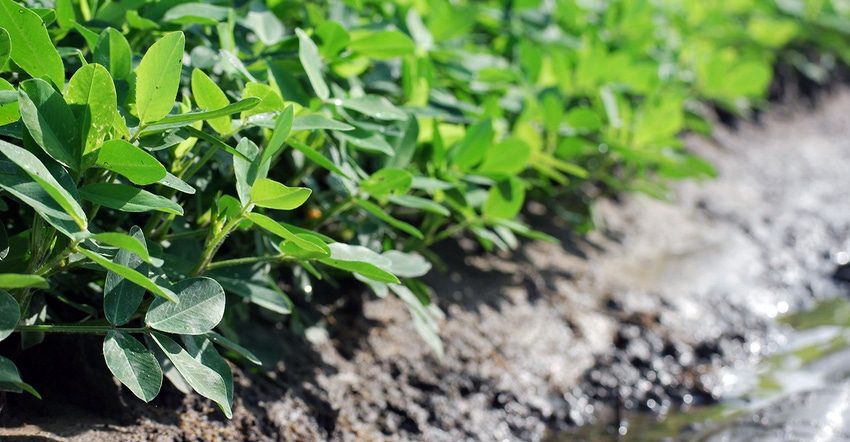
Helping growers anticipate what’s on the horizon for the next cropping season and to provide information to help them make timely decisions is a central part of my role as an Extension specialist. However, given my failure to correctly forecast climate for the winter of 2020-2021, I’m a little gun shy to predict much of anything. Still, I’ll go out on a limb again in this article. Because even if my prognostications turn out to be off target, anticipating different problems that may arise and formulating plans and solutions now are productive exercises.
From what I am hearing a significant concern next year for disease and nematode management on Southeastern row crops could center on use of fungicides. Growers will almost certainly face decreased availability of fungicides and increased cost of those available. The situation will be most critical on the peanut crop, though things could get rough for cotton, corn and soybean producers as well.
There are three reasons why I believe peanut farmers will be especially hard hit during the 2022 field season. First, fungicides are an essential part of producing peanuts, more so than on corn, cotton and soybeans. Growers are likely to apply fungicides six to eight times on their peanut crops, and for good reason. Maximizing yield and profit requires season-long protection from leaf spot, white mold and other diseases.
Second, I believe the anticipated cost of fertilizer and other inputs could cause a reduction in corn and cotton acres in 2022 and a corresponding increase in peanut acres. An increase in peanut acres would likely lead to shorter rotations that increase disease pressure and demand for fungicides.
Third, according to some sources, two of the fungicides likely to be in shortest supply will be tebuconazole and azoxystrobin, both of which are commonly used in our peanut fungicide programs. Tebuconazole and azoxystrobin are used because they are generally effective and because as “generics” they can be less expensive than other products.
In 2022 supplies of “teb” and “azoxy” are predicted to be tight and both will be more expensive. From conversations with friends and colleagues in the ag-chemical industry, depending on peanut acreage, premium fungicide products should be generally available, though growers will face higher prices.
3 suggestions
So, enough of the “gloom and doom.” Anticipating shorter supplies and higher prices, what are potential solutions for our peanut farmers?
I have three suggestions:
Growers should use Peanut Rx ahead of the coming season to predict the level of threat from diseases and then make appropriate changes to reduce that risk. For example, if crop rotation is short in one field, perhaps a grower could plant a more disease or nematode resistant variety, or adjust planting date to reduce risk to nematodes, white mold, and leaf spot. The first step in dealing with fungicide issues in 2022 is to reduce risk to diseases.
Again, using results from Peanut Rx, growers should tailor fungicide programs to be appropriate for specific fields. Where disease pressure is lower, the grower may use a program different than in another higher risk field. While such may complicate spray plans and be inconvenient when managing a crop, different prescription programs for different fields may allow growers to manage inventory issues and to better manage expenses.
I recommend growers have contingency plans for what to spray at a particular date if a particular product is not available. The good news for peanut farmers today is that we have an increasing arsenal of effective fungicides from which to choose. The key is to recognize that if brand X is not available, then growers should be primed and ready to reach for other appropriate products, like brand Y or brand Z.
Stockpile?
Given the current uncertainties for fungicide availability, some growers may want to stockpile early to make sure they have what they need when they need it. On the surface, this may seem like a good plan, but stockpiling may simply make a tough situation worse.
Rarely are ag-chemical distributors provided preseason with a supply of a product that a peanut grower will need over an entire season. Distribution channels are more likely designed to ensure that ample product is available over the course of a season, not at the beginning of the season. Stockpiling now could create problems later.
Fungicides are a critical component of crop production in Southeastern row crop agriculture. Anticipating supply issues now is an important part of the planning process for 2022. I strongly encourage growers to begin having conversations with dealers so as to have the best chance at the best fungicides when you need them. Whether my concerns on fungicide supply in the coming season is right or wrong, planning now is important.
By the way, we are entering a “La Niña” winter which means December through February should be warmer and drier than normal. But you didn’t hear that from me….
About the Author(s)
You May Also Like






